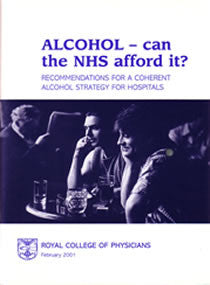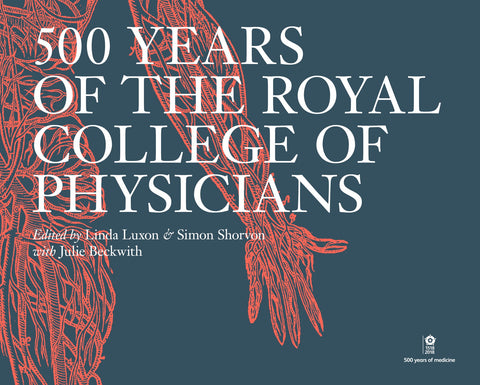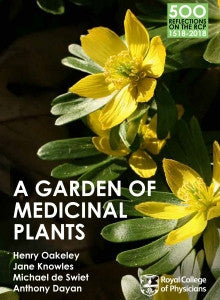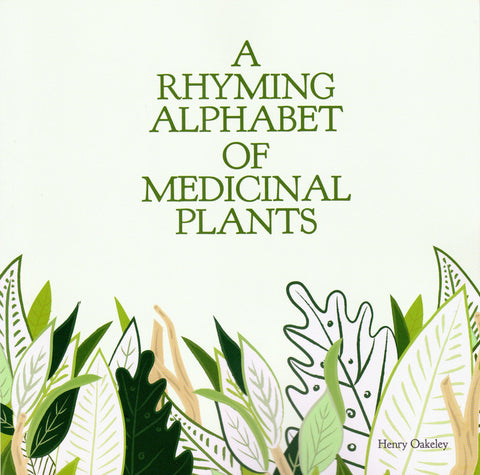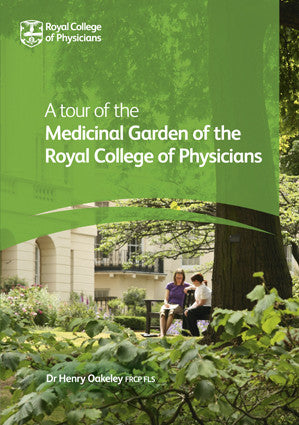More than one in three men and one in five women in the UK consume more alcohol than the recommended limits. This report sets out how the misuse of alcohol impacts on the health service, particularly hospitals where it accounts directly for up to 12% of expenditure. Although the visible burden of alcohol is on accident and emergency and trauma services where patients often present with injuries caused by their own or another's drinking, approximately 20% of patients admitted for non-alcohol related conditions have been drinking at levels hazardous to health which may well affect the progress of their illness.
In considering the burden alcohol places on general hospital services in the UK and how this could be managed and reduced, the report identifies the very high proportion of hospital workload attributable directly or indirectly to alcohol misuse, determines how well hospitals are currently able to identify patients with alcohol related illness or coincidental hazardous drinkers and how these patients are managed, and points to areas where information and training are lacking.
Various screening techniques and examples of good practice are described, and the need for the management of alcohol misuse to become part of the medical curriculum is emphasised.
The recommendations of the report (published in 2001) are designed to reduce the burden of alcohol on acute hospital services. They have direct relevance for doctors in all medical specialties, nurses, managers and for the many organisations and institutions concerned with alcohol problems.


